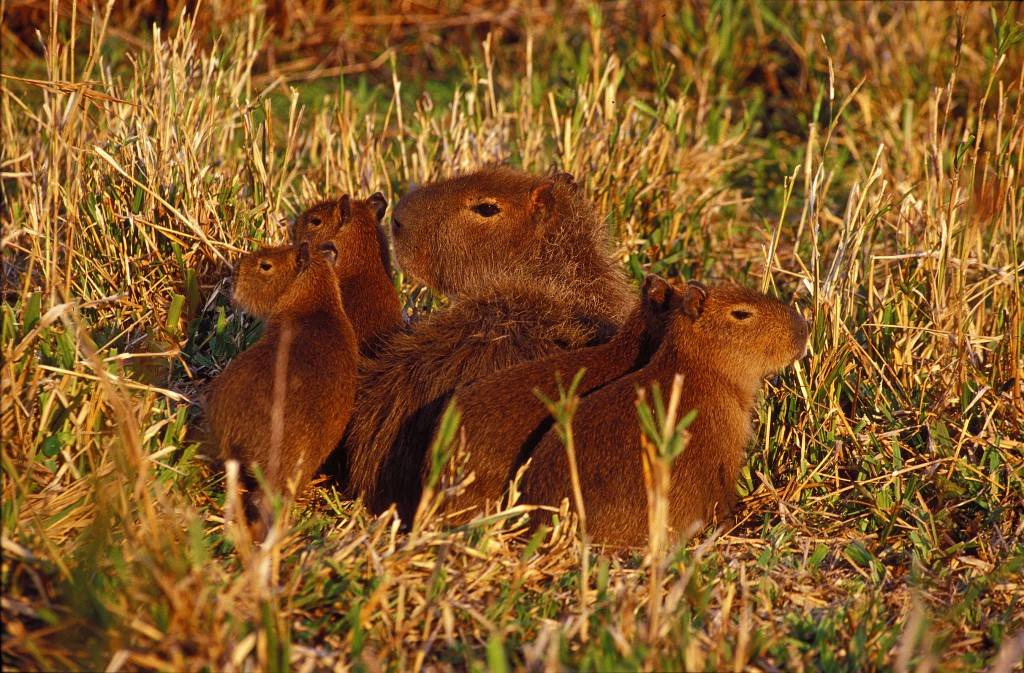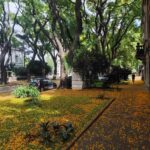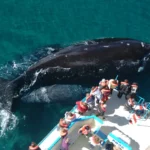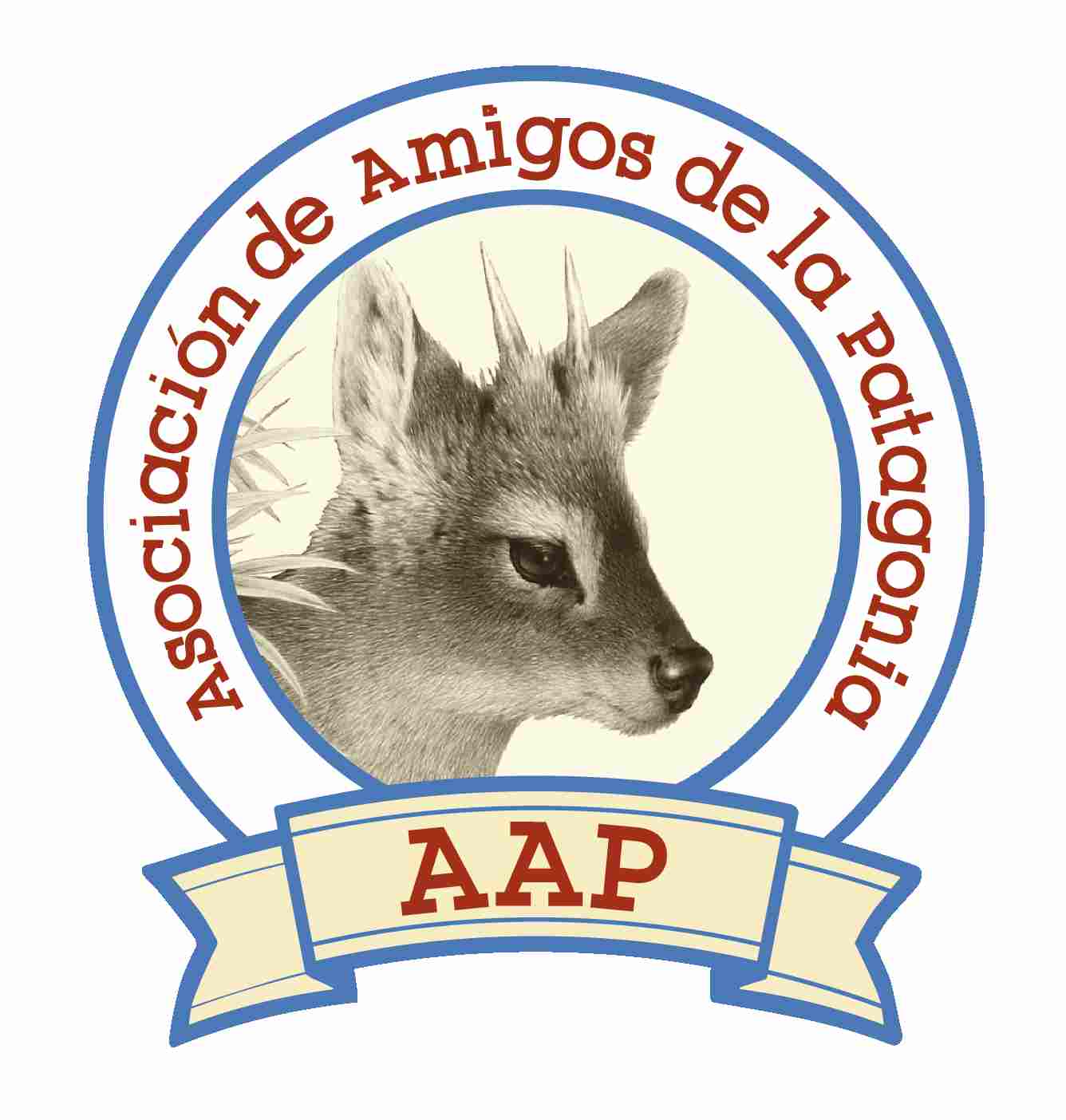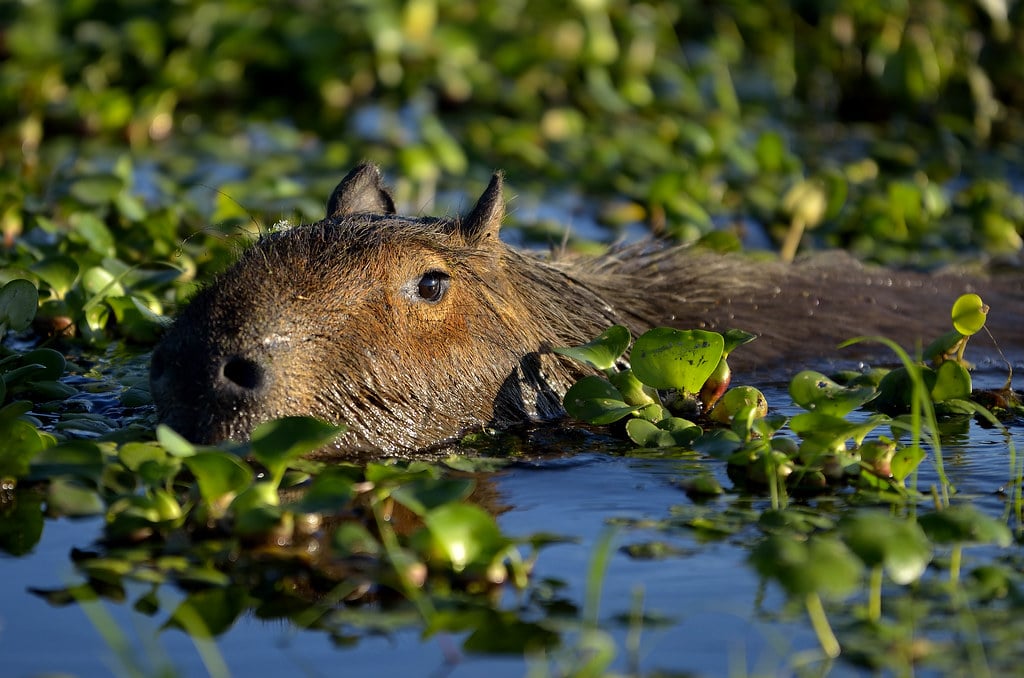
The capybara, also known as Carpincho is the largest rodent in the world. Capybaras have a maximum length of 4 feet and a maximum weight of 145 pounds or more. If you have never seen one, they look like guinea pigs, only bigger.
They have an 8–12 year lifespan. However, baby capybaras are less fortunate and live shorter lives because they are more vulnerable to predators. Capybaras are incredibly sociable and amiable animals. They unwind in groups of ten to twenty while interacting with almost any other kind of animal.
Capybaras can be found in South America and their preferred habitats include ponds, lakes, and marshes. They rely heavily on water for two major reasons: to stay safe and to maintain a healthy way of life.
What do Capybaras eat?
Capybaras eat only plants and have a big appetite! A capybara may consume up to 8 pounds of grass and plants per day! They have continuously extended, razor-sharp teeth that are excellent for dismantling different kinds of plants. Capybaras eat grains, melons, and squash during the dry season.
Capybaras love swimming!
The webbed feet and little barrel shape of capybaras make them excellent swimmers. They are therefore semi-aquatic creatures, certainly. Capybaras spend the majority of the day relaxing around tiny bodies of water. Capybaras wade in the water to cool themselves during the sweltering midday sun.
Where can you see Capybaras in Argentina?
Esteros del Iberá (Iberá Wetlands) is unquestionably one of the best areas in Argentina to see capybaras and general biodiversity (as well as one of the best places in the world for bird species).
The Esteros del Iberá are one of the greatest wetland habitats in not just South America but the entire world. Situated in the province of Corrientes, in the northeast of Argentina, Iberá is also ideally positioned halfway between two important birding hotspots: the south of Buenos Aires and the north of the renowned Iguazú Falls.
The Esteros del Bera wetlands are exceptionally rich in biodiversity overall. Giant Anteaters, Capybaras, Giant River Otters, and the incredible Jaguar—recently restored to the region after being earlier proclaimed locally extinct—are just a few of the enormous mammal species that call it home. The marshes and rivers are home to reptiles like yacarés, amphibians, fish, and invertebrates of various sizes and forms, while water hyacinth and other types of aquatic plants give the wetlands its distinctive appearance with their profusion of vibrantly colored blossoms. This region’s level of biodiversity is so significant that it was formally recognized as a National Park in 2018.
Wildlife tours in Argentina
We design custom tours in South America, and if you’re interested in seeing Capybaras, the following tours may be interesting to you:
- Iguazu Falls Wetlands and Peninsula Valdes
- Ibera Wetlands Tour
- Not Capybaras but beautiful patagonian wildlife: Patagonia Wildlife Tours
- Argentina Tours
- Patagonia Tours
- Argentina Wildlife Tours
And we also invite you to check these articles:
- Ibera National Park
- Ecotourism in Argentina
- Birds of Patagonia
- Antartic Birds
- Birds of Argentina
- Birds of Ibera Wetlands
- Birds of Misiones






